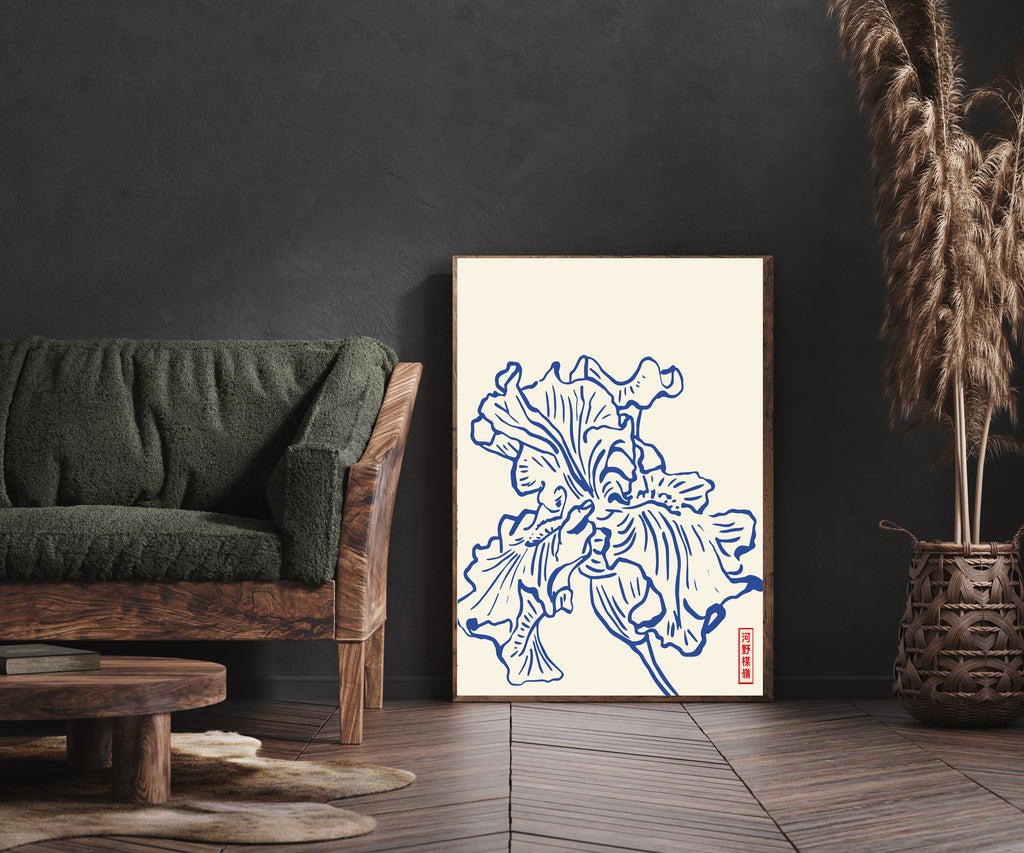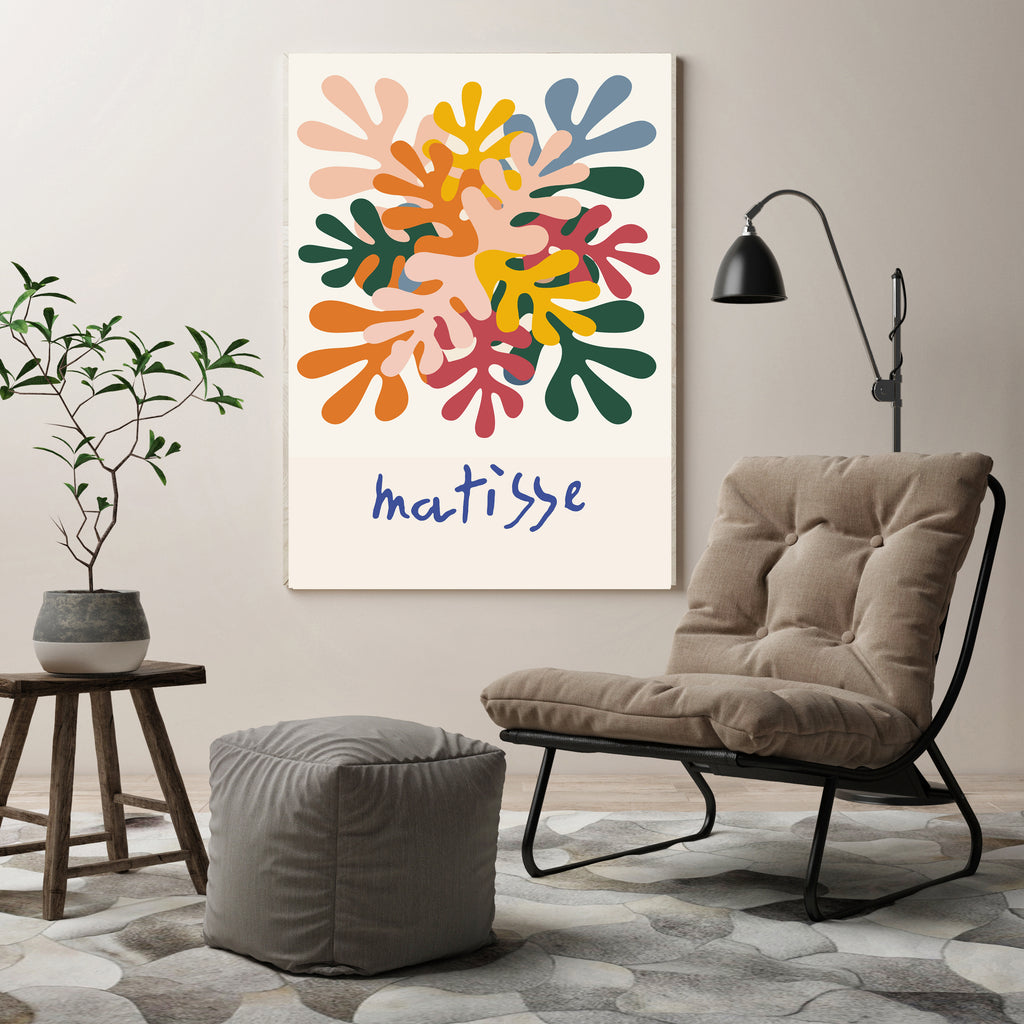Title: The Enigmatic World of Marc Chagall: A Storied Life in Colours
Introduction
In the colourful tapestry of 20th-century art, few names shine as brilliantly as Marc Chagall. The renowned Belarusian-French artist is celebrated for his whimsical, dreamlike compositions that blend elements of Cubism, Fauvism, and Surrealism. His distinctive style, often described as "naïve art," is instantly recognizable for its vibrant colours, fantastical imagery, and a deep sense of emotion. Join us as we delve into the life and works of this visionary artist, Marc Chagall.
Early Life and Beginnings
Marc Chagall was born on July 7, 1887, in Vitebsk, a small town in Belarus. His birth name was Moishe Shagal, and he was the oldest of nine children in a Jewish family. Chagall's early life was deeply rooted in Jewish traditions, folklore, and mysticism, which would later become significant influences in his art.
In 1907, Chagall moved to Saint Petersburg to study art under the guidance of Léon Bakst, an influential artist known for his work with the Ballets Russes. This move marked the beginning of Chagall's artistic journey, where he would soon develop his unique style, characterized by floating figures and dreamlike landscapes.
The Paris Years
In 1910, Marc Chagall moved to Paris, a city that was a magnet for emerging artists at the time. In the bustling creative atmosphere of the Montparnasse district, he was exposed to the avant-garde movements of the era, such as Cubism and Fauvism. These artistic currents would later intertwine with Chagall's style, leading to his own distinctive fusion of influences.
One of his most iconic works from this period is "I and the Village" (1911), which showcases his nostalgic connection to his Eastern European roots and his fascination with dreamscapes.
Love and Muse: Bella Rosenfeld
Chagall's artistic journey is inextricably linked with his deep and enduring love for Bella Rosenfeld, whom he met in Vitebsk and later married. Bella, often portrayed in Chagall's art, served as his muse and the embodiment of his emotions and dreams. Her influence is profoundly evident in his works, such as "Bella and I" (1915).
World War I and Return to Russia
World War I forced Chagall to return to Vitebsk in 1914, where he continued to create art and became involved in the local art scene. During this time, he established the Vitebsk People's Art School, where he shared his passion for art with students, including his iconic contemporary Kazimir Malevich.
Chagall's involvement in the Russian Revolution and the rise of the Soviet Union marked a turbulent period in his life. Despite his early support for the revolution, he eventually fell out of favor with the authorities, who deemed his art too avant-garde. In 1922, Chagall left Russia for good, settling in France, where he would spend most of his life.
Chagall's Later Years and Legacy
In France, Chagall's art continued to evolve, incorporating elements of Surrealism and symbolism. He explored various mediums, from painting and stained glass to tapestries and ceramics. His large-scale works, such as the stunning ceiling of the Paris Opera, are testaments to his versatility and the timeless appeal of his artistic vision.
Marc Chagall passed away on March 28, 1985, leaving behind a vast body of work that continues to captivate and inspire art enthusiasts worldwide. His legacy is celebrated not only for his technical virtuosity but also for the emotional depth and symbolism that permeate his art. His vivid imagination and unique ability to translate the intangible into tangible beauty have solidified his place in art history.
Conclusion
Marc Chagall's art is a visual journey through his remarkable life, rich in symbolism, emotion, and enchanting dreamscapes. His work captures the universal human experience and transcends cultural and temporal boundaries. Chagall's paintings are not just pictures; they are windows into his heart and soul, inviting us to explore the enchanting world of one of the 20th century's most celebrated artists.
Explore our stunning collection of Marc Chagall Art Prints now on our website:
www.stanleystreetstudio.co.uk




